Manuel de Samaniego y Jaramillo (Quito, 1767 - 1824) was an Ecuadorian painter and sculptor, considered one of the last representatives of the Quito school of art. His work was divided between the historical periods of the end of Spanish rule in the Real Audiencia of Quito, and the beginnings of independent republican life as part of Gran Colombia.
He is known for being the last representative of colonial art. Manuel de Samaniego was a very influential painter, especially in the renewal of the style of the Quiteña School.
The typical devotions of Quito, where we mainly distinguish the Virgins, the angels and the archangels, the Christs and the calvaries, the children and the nativity scenes, allow us to find the distinctive signs of the baroque of a Quito school oriented towards export: a deliberately classical treatment, an immense playful softness, a sensual and coquettish and childish movement that links this art to the Rococco of Germanic origin that was influential in Quito, the use of luminous colors and details enhanced with gold leaf. Restored canvas back


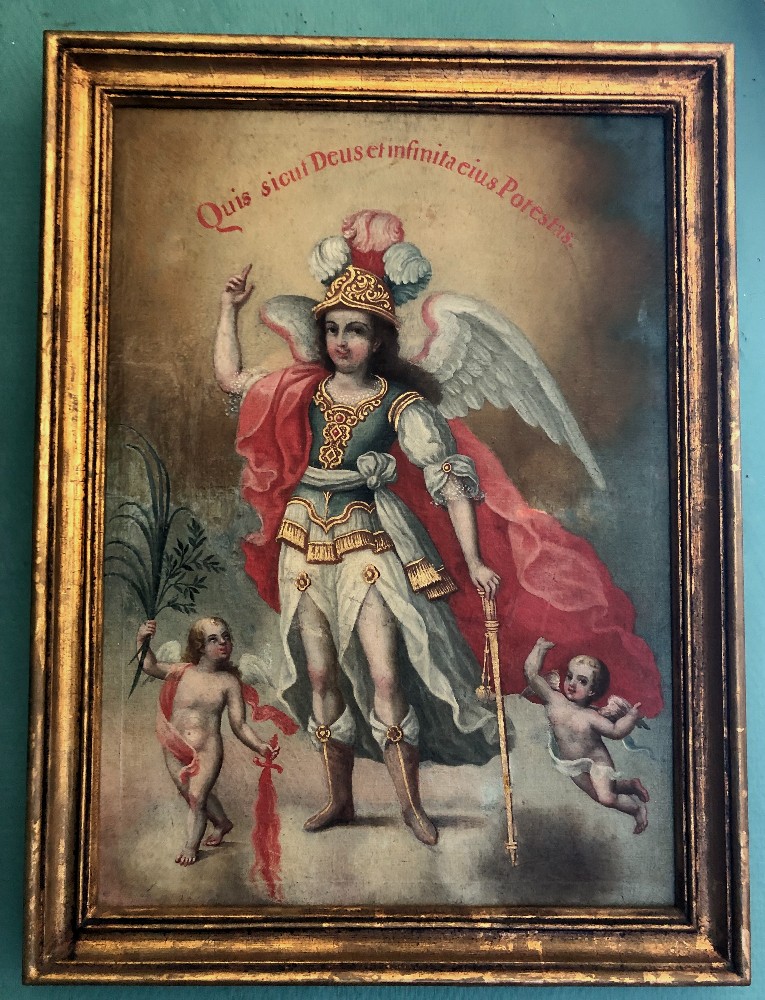
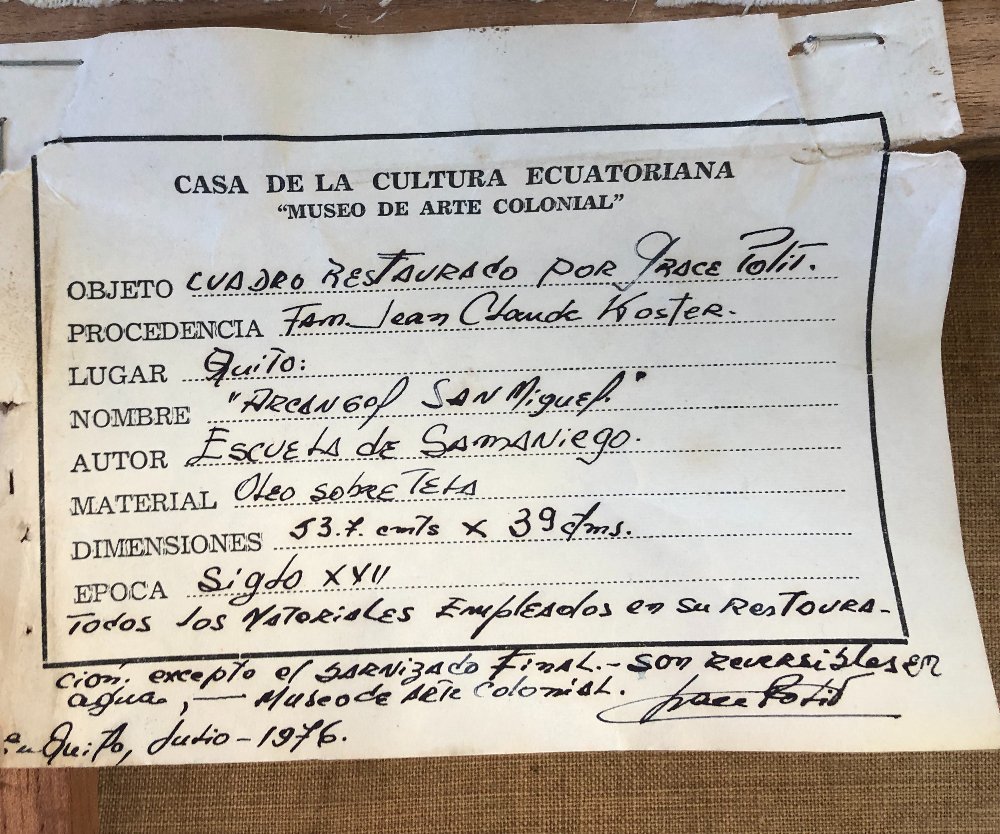
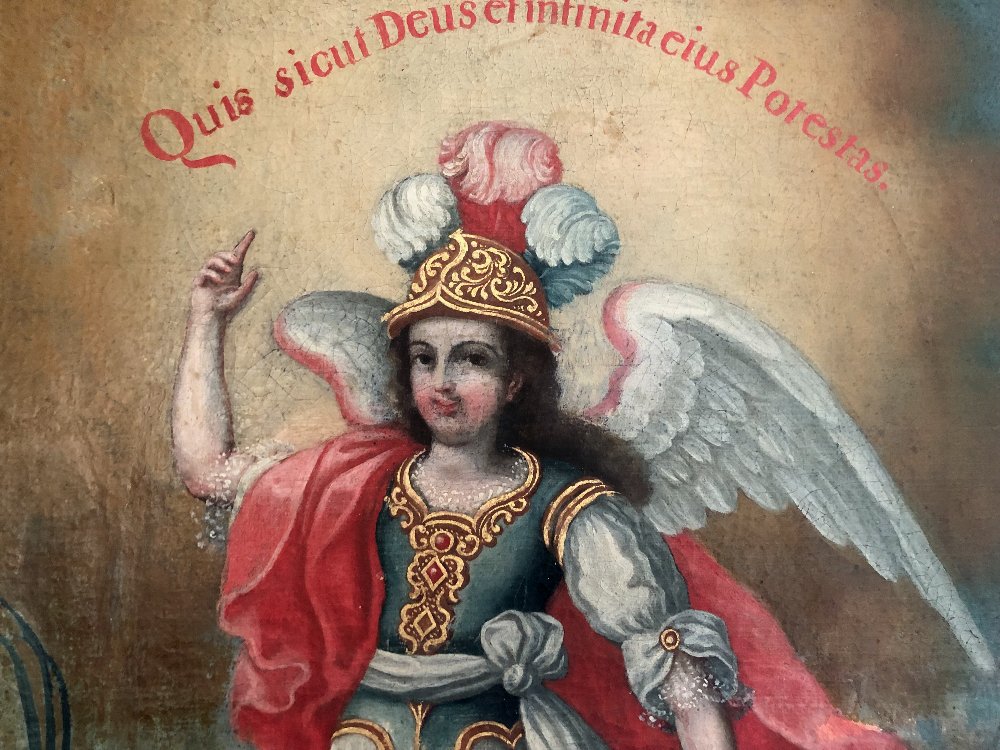
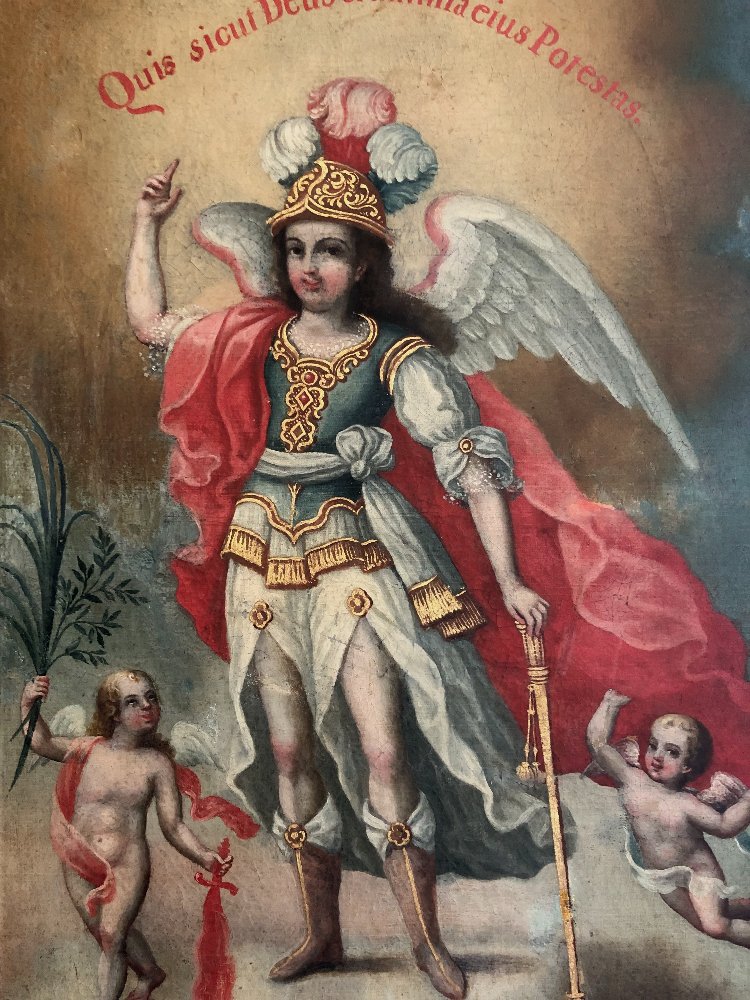
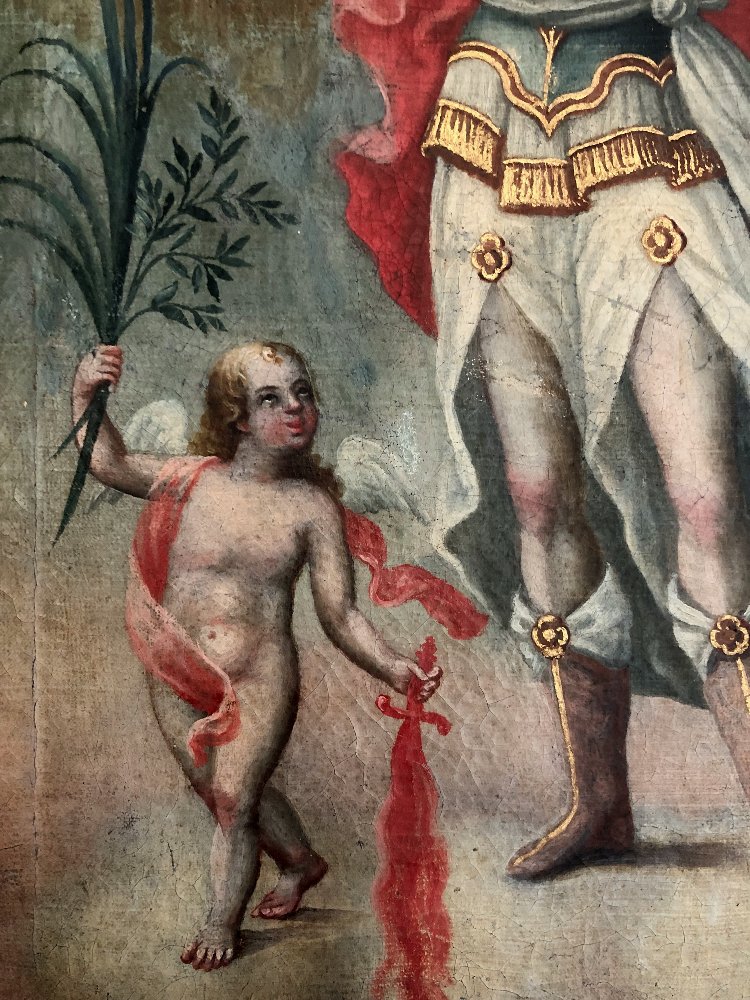
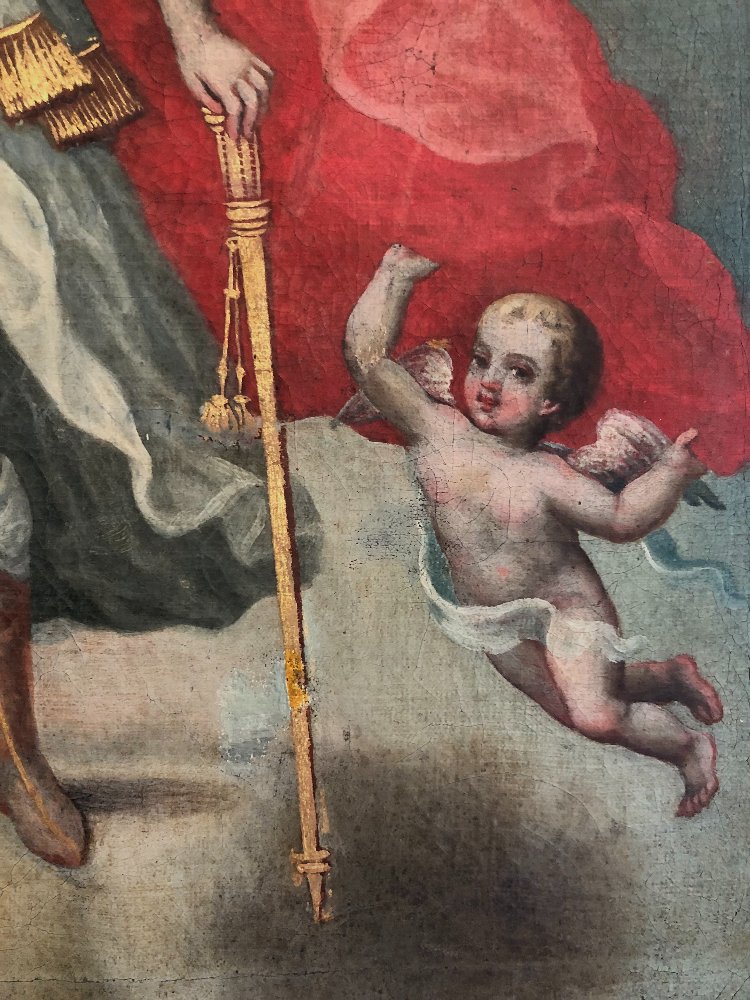
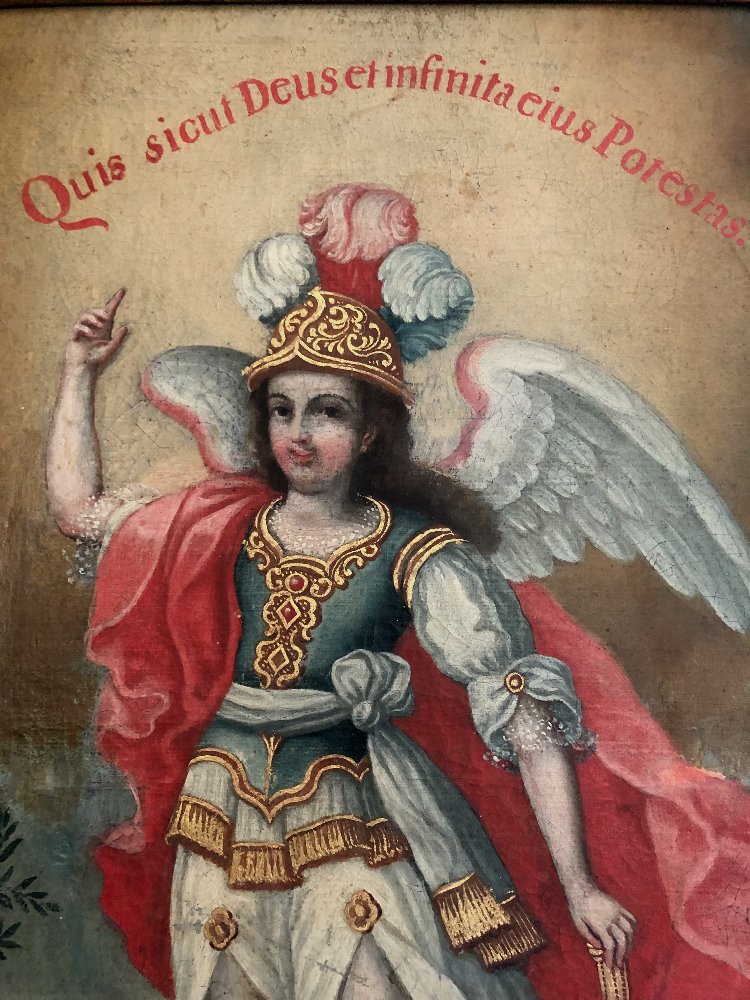
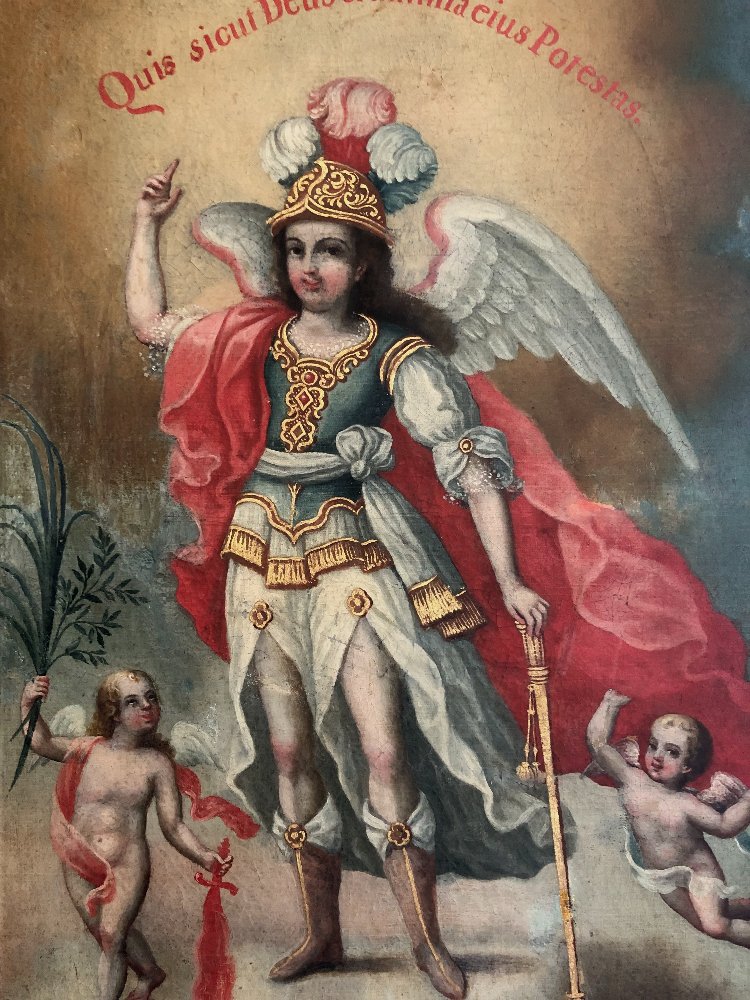
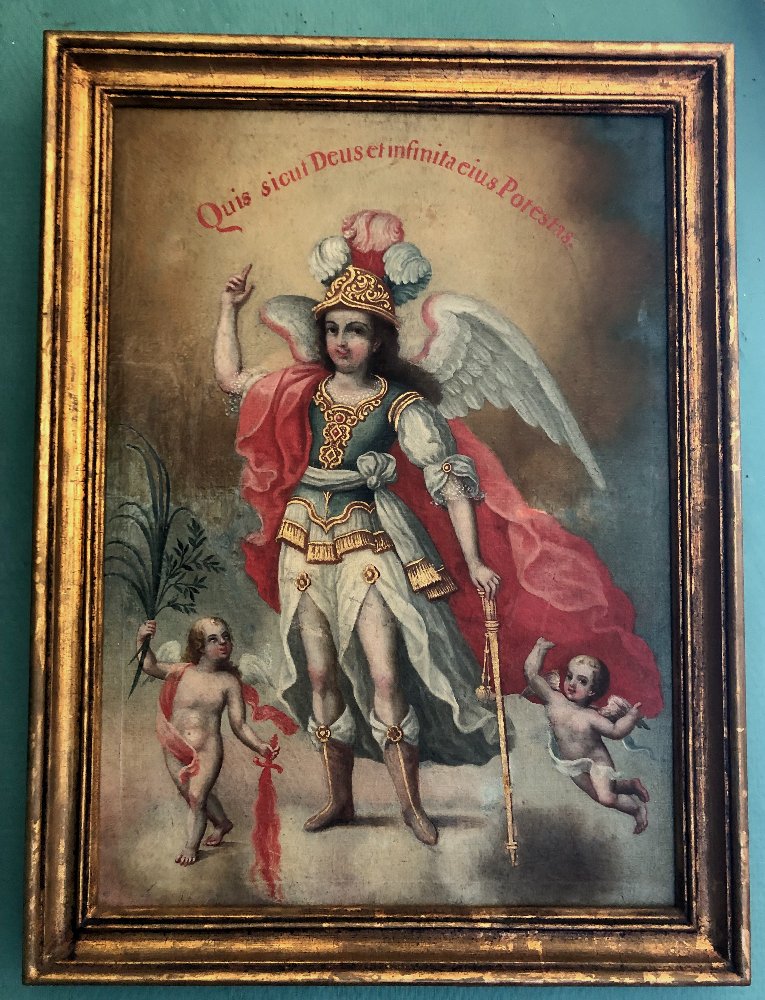











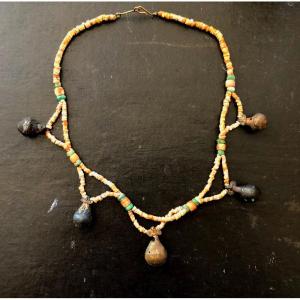
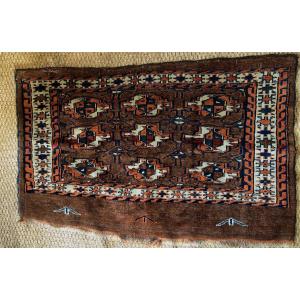
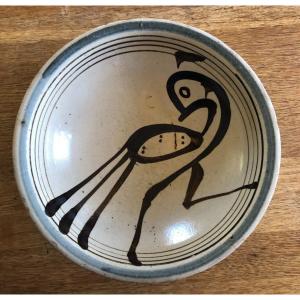
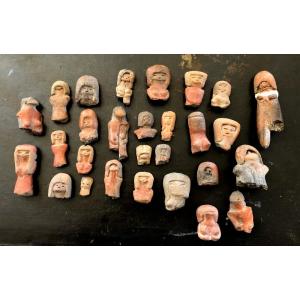
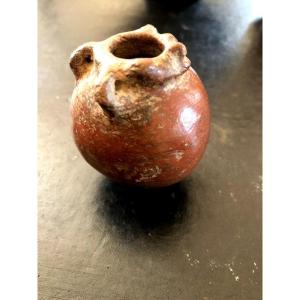



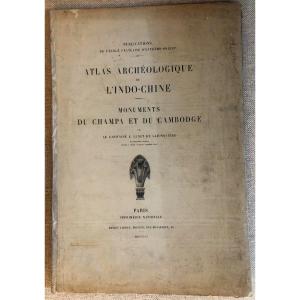
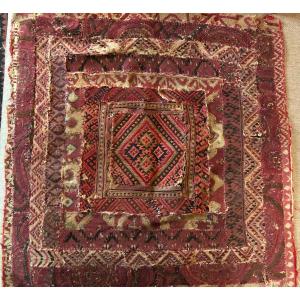


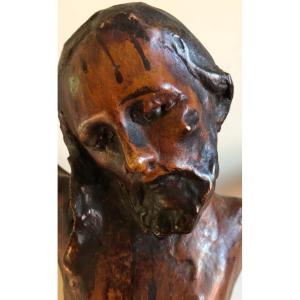


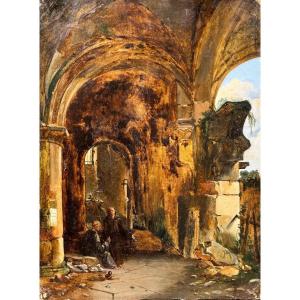
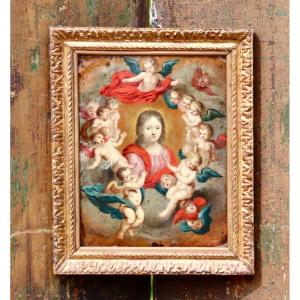





 Le Magazine de PROANTIC
Le Magazine de PROANTIC TRÉSORS Magazine
TRÉSORS Magazine Rivista Artiquariato
Rivista Artiquariato